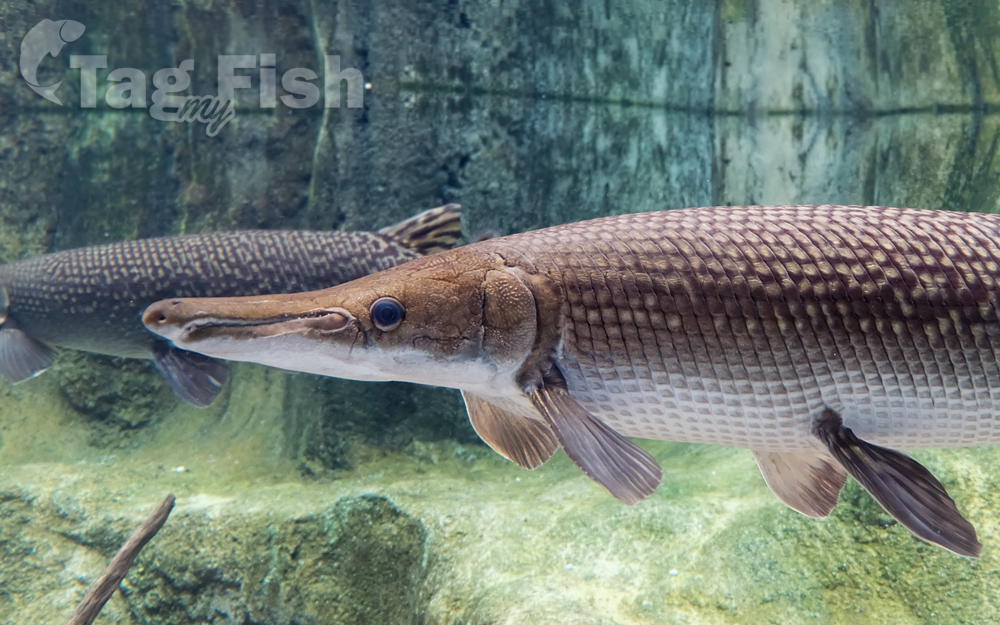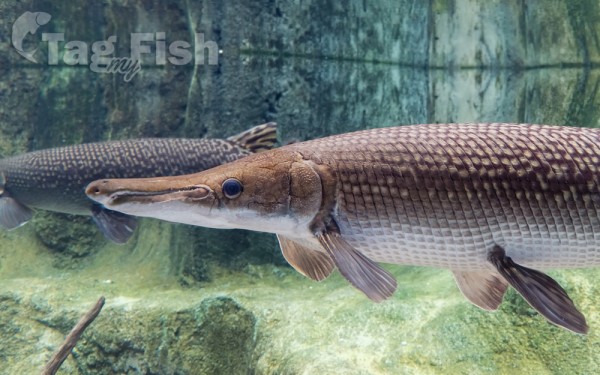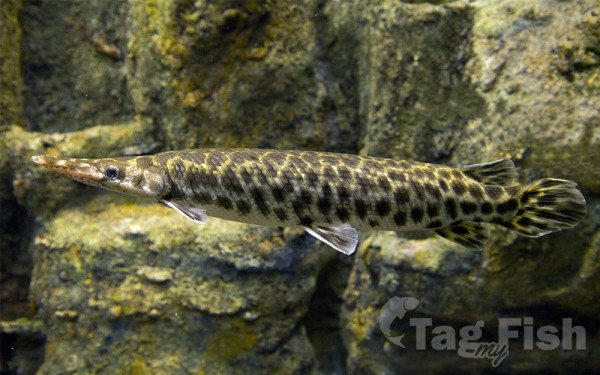Lepisosteidae - Gars

Classification
Description
Gars (Lepisosteidae) are members of the order Lepisosteiformes, an ancient holosteian order of ray-finned fish; fossils from this order are known from the Late Jurassic onwards.
The family Lepisosteidae includes seven living species of fish in two genera that inhabit fresh, brackish, and occasionally marine waters of eastern North America, Central America and Cuba in the Caribbean.
Gars have elongated bodies that are heavily armored with ganoid scales, and fronted by similarly elongated jaws filled with long, sharp teeth. Gars are sometimes referred to as garpike, but are not closely related to pike, which are in the fish family Esocidae, order Esociformes.
All of the gars are relatively large fish, but the alligator gar (Atractosteus spatula) is the largest – the alligator gar often grows to a length of over 2 m (6.5 ft) and a weight of over 45 kg (100 lb), and specimens of up to 3 m (9.8 ft) in length have been reported.
Unusually, their vascularised swim bladders can function as lungs, and most gars surface periodically to take a gulp of air.
Gar flesh is edible and the hard skin and scales of gars are used by humans, but gar eggs are highly toxic.
Family Lepisosteidae
Genus Atractosteus
- Atractosteus spatula (alligator gar)
- Atractosteus tristoechus (Cuban gar)
- Atractosteus tropicus (tropical gar)
Genus Lepisosteus
- Lepisosteus oculatus (Spotted gar)
- Lepisosteus osseus (Longnose gar)
- Lepisosteus platostomus (Shortnose gar)
- Lepisosteus platyrhincus (Florida gar)













